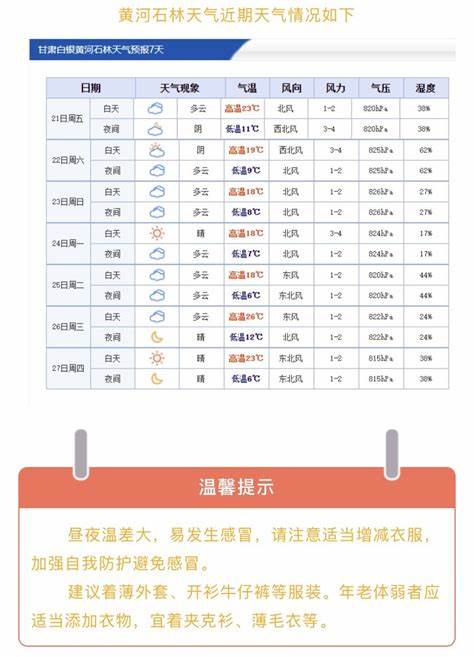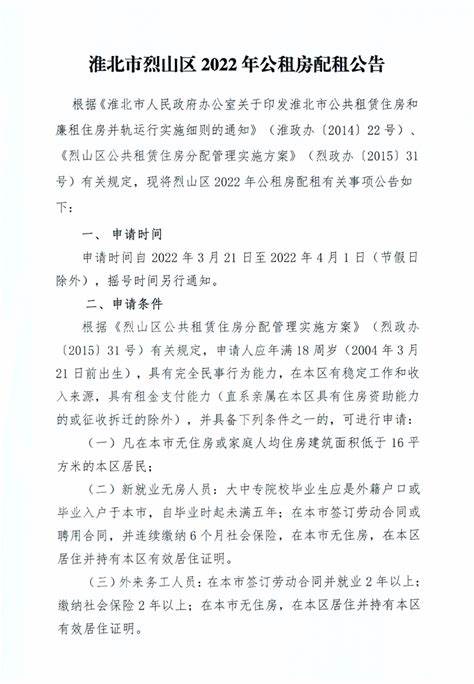What are the types of weather classifications?
发布:邸仲彤
- I、How to classify weather phenomena
- II、What are weather
- III、How are the weather divided into sunny, cloudy, cloudy, and night?
1. Precipitation phenomenon: According to the form of pre cipitation, it is divided into 11 types. Liquid pre cipitation includes rain, drizzle, and showers. Solid pre cipitation includes snow, ice particles, rice snow, snow showers, graupel, hail, and mixed Types of pre cipitation include sleet, showers of sleet, etc. In addition, according to the nature of pre cipitation, there are three types: fractional pre cipitation, continuous pre cipitation and intermittent pre cipitation.
2. Ground condensation and freezing phenomena: including dew, frost, rime, and rain.
3. Visual range obstruction phenomena: including fog (fog, heavy fog, dense fog); light fog; blowing snow; snowstorm; smoke screen; haze; sandstorm (sandstorm, strong sandstorm, super sandstorm); blowing sand; Floating dust.
4. Thunder and lightning phenomena: thunderstorms, lightning, aurora.
5. Other phenomena: strong winds, squalls, tornadoes, dust devils, ice needles, snow and ice.
Types of weather
Weather describes the atmospheric conditions at a specific moment, including temperature, humidity, wind speed, wind direction and Sky conditions, etc. There are many types of weather, which can be classified according to different meteorological conditions and characteristics. The following are some common weather types:
1. Sunny day
Sunny day refers to weather conditions with clear sky and no clouds or only a few clouds. At this time, the sun is shining and the temperature is high, making it suitable for outdoor activities.
2. Cloudy
Cloudy weather refers to a situation in which the sky is covered by clouds to a high degree. In this case, the sun shines through the clouds onto the ground, and there may be localized rainfall or showers.
3. Cloudy days
Cloudy weather is characterized by thicker clouds in the sky, blocking the sunlight, resulting in less solar radiation received by the ground. At this time, it may feel a little cooler and may be a sign of impending rain.
4. Rainy days
Rainy days are pre cipitation in the sky, including light rain, moderate rain, heavy rain, heavy rain, etc. During rainy days, clouds accumulate a large amount of moisture and fall to the ground, which may affect traffic and people's travel plans.
5. Snowy day
Snowy day refers to the condition of snowfall in the sky. Snowflakes fall to the ground and form snow, which affects temperature, traffic, etc. Snow days are divided into different levels such as light snow, heavy snow, and blizzard.
6. Other special weather
In addition to the above common weather types, there are also some special weather phenomena, such as haze, sandstorms, thunderstorms, Tornadoes etc. These weather phenomena have a great impact on people's production and life, and special attention needs to be paid to weather forecasts for pre vention.
In general, there are various types of weather, and each type of weather has its specific meteorological characteristics and effects. Understanding the characteristics of different weather helps us protect and respond to weather conditions.
2. Cloudy weather: When there are medium or low-level clouds and high-level clouds covering 4/10 to 7/10 of the sky, or only high-level clouds cover more than 6/10 of the sky, we call it cloudy.
3. Cloudy day: When the middle and low-level clouds cover more than 8/10 of the sky area, it is difficult for sunlight to penetrate the clouds and the sky looks dark. This is a cloudy day.
4. Night: Night usually refers to the period after the sun goes down and before sunrise. At this time, the sky is usually dark and the stars and moon may be visible.
5. Snowy days: Snowy days refer to weather conditions in which pre cipitation contains ice crystals in the form of snowflakes. Light snow, moderate snow and heavy snow are distinguished according to differences in visibility and snowfall.
6. Fog: Fog is a collection of large amounts of water droplets or ice crystals suspended in the air near the ground. When the horizontal visibility drops below 1,000 meters, we call it fog; if it is between 1,000 and 10,000 meters, it is called light fog.
7. Rainfall: light rain, moderate rain, heavy rain and heavy rain are classified according to the amount of rainfall within 24 hours, ranging from less than 10.0 mm to more than 50.0 mm.
8. Thunderstorm: A thundershower is a shower accompanied by thunder and lightning. It is characterized by sudden rainfall, large changes in intensity, and usually a short duration.
9. Hail: Hail is a kind of solid pre cipitation with a diameter greater than 5.0 mm, consisting of transparent and opaque layers, which may cause damage to crops and buildings.
10. Freezing rain: Freezing rain refers to raindrops freezing on the surface of objects below 0°C, forming an ice layer, which may affect transportation and communication facilities.
11. Sleet: Sleet is a weather phenomenon in which raindrops and wet snow fall at the same time. It usually occurs in an environment with a temperature slightly higher than 0℃.
12. Snowfall: Light snow, moderate snow and heavy snowfall are distinguished based on snowfall amount and visibility, reflecting the intensity and coverage of snowfall.

以上就是关于What are the types of weather classifications?的全部内容,希望能够帮到您。
版权声明:本文来自用户投稿,不代表【大桂阳分类信息】立场,本平台所发表的文章、图片属于原权利人所有,因客观原因,或会存在不当使用的情况,非恶意侵犯原权利人相关权益,敬请相关权利人谅解并与我们联系,我们将及时处理,共同维护良好的网络创作环境。
大家都在看
-

2024年江西事业单位招聘岗位表
印江自治2024年事业单位公开招聘工作员简章印江自治事业单位2024年招聘公告敬请广大求职者关注。印江自治坚公开原则,计划2024年招聘事业单位优秀才109名。、公平
-

哈斯图石林天气预报7天
日期天气最高温度最低温度风向风力今天多云25℃15℃东南风2级明天晴28℃16℃南风1级后天阴23℃14℃
-

二手车折旧10年计算公式
二手车折旧计算方法计算公式如下:汽车折旧=二手车交易价格`新车购买价格×100%;有形折旧率=1-二手车检验折旧率;车辆、整车必须再次检查,看看车辆状况是否良好。如果不正确,
-

2021年沙高温天气还将续多久
2021年夏季高温天气续到几月份随着三伏天的到来,各地天气逐渐转暖。夏天的炎热天气会续多久,因为天气炎热外出很容易晒伤或中暑等。下面列出的问题将让大家知道2021年温暖天
-

山东专科高校2024招聘会时间表
2024届校招时间在什么时候2024年秋季校园招聘预计于7月至10月拉开帷幕,但值得注意的是,不少企业已经开始提前谋划。招聘活动并不限于传统的九月和十月。事实上,一些公司已经
-

沭阳教师招聘信息最新招聘2023
2023江苏宿迁沭阳事业单位教师招聘报名条件2023年江苏宿川朔阳事业单位教师招聘要求:具体条件:1.双一流综合性大学2023年毕业,获通识学士学位。就是做这件事的。
-

九江一月的天气温度
江西九江元月20日至元月30日天气江辰、王石攻九江第一孝艺师:九江11月至1月天气怎样有时会下雪。去年我们感觉不太
-

石家庄2022年公租房的新政策
公租房的新政策如下:1、均月收入低于3300元的住房困难家庭,可申请公租房货币化补贴。2、公租房货币化补贴,有其严格的计算公式——“补贴额度计算公式:货币化补贴额度=补贴面
-

泰安岱岳区教师2022年招聘
泰安一中哪一年不再招岱岳区2022年,泰安为山东下辖。2022年,山东泰安一中不再招收岱岳区学生。第一中学位于山东泰安,是山东一所中心中学,也是山东首批19所
-

山西阳泉未来15天天气
阳泉天气穿什么合适建议穿着轻便夹克或牛仔裤等服装。阳泉属温暖半湿润大陆性季风气候区。不同地区气候差异较大,受降雨影响,地形复杂。总体特点是:冬夏,春秋短,
